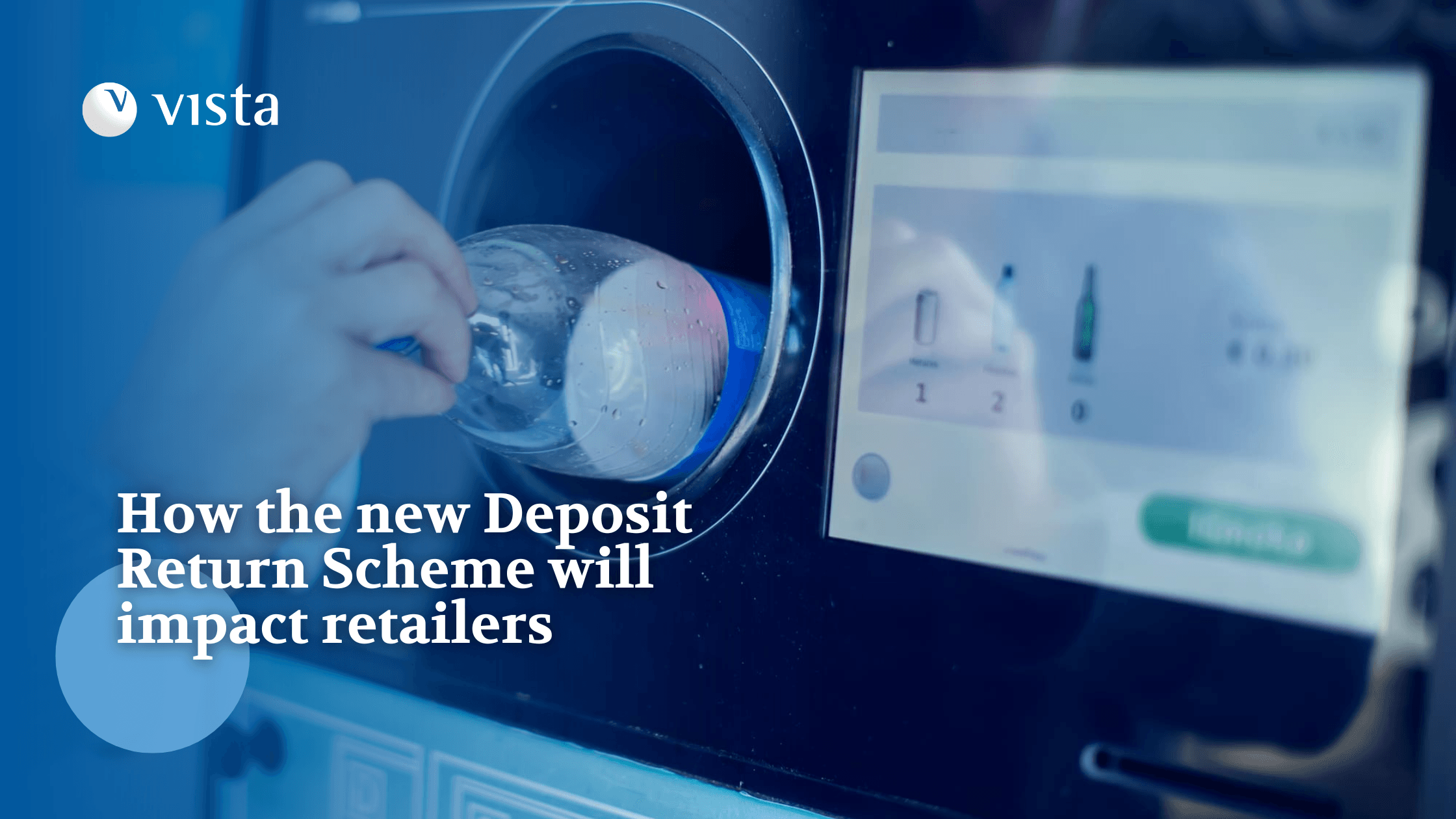UK Businesses Encouraged to Follow EU’s Lead on Accessibility as European Accessibility Act Comes into Force
June 28, 2025 marked a pivotal moment for accessibility and inclusion across Europe, as the European Accessibility Act (EAA) officially came into effect. This landmark legislation sets out to ensure that digital products and services across the European Union are accessible to all individuals—particularly those with disabilities, defined as:
“Persons who have long-term physical, mental, intellectual or sensory impairments which, in interaction with various barriers, may hinder their full and effective participation in society on an equal basis with others.”
— The European Accessibility Act – Travers Smith
While the EAA is an EU directive, its implications extend far beyond the borders of the European Union. UK businesses—especially those operating in or trading with the EU—must take note. Not only are they required to comply with the EAA when serving EU markets, but they should also prepare for the likely introduction of similar legislation in the UK.
Why UK Retailers Should Act Now
The UK has long demonstrated a commitment to equality and inclusion, and it is increasingly likely that domestic legislation will follow the EU’s lead. By proactively aligning with EAA standards now, UK retailers can:
- Future-proof their operations against upcoming legal requirements
- Enhance their brand reputation as inclusive and socially responsible
- Improve customer experience for millions of people with disabilities and older individuals
- Maintain seamless trade with EU partners and customers
What the EAA Requires
The EAA mandates that a wide range of products and services meet specific accessibility criteria. These include:
- Computers and operating systems
- Smartphones and tablets
- TV equipment and broadcasting services
- Transport-related services
- Banking services
- E-books and e-readers
- E-commerce platforms
- Self-service terminals (e.g., ATMs, ticketing, and check-in machines)
In essence, any technology that contributes to the customer or employee experience must be accessible. This includes both physical infrastructure and digital interfaces.
Key Areas of Impact for Retailers
- Product Design and Information: Products such as computers, smartphones, and e-readers must be designed to be usable by people with disabilities. This includes providing accessible user interfaces, packaging, and support services
- Digital Accessibility: Websites and mobile apps must be perceivable, operable, understandable, and robust. This means ensuring compatibility with assistive technologies and providing accessible information about products and services, that allows people of all abilities to have a positive user journey.
- Customer Service: Retailers must offer accessible customer support, including help desks and call centres that can assist individuals with disabilities
Real-World Impact: Accessible Self-Service
Here’s an example of how the EAA will enhance the shopping experience for individuals:
Example: Accessible Self-Service
Current Scenario: Imagine a person with a visual impairment trying to use a self-service terminal, such as an ATM or a Self-Checkout. Many of these machines lack features that accommodate their needs, making it difficult or impossible for them to complete transactions independently.
Post-EAA Implementation: Under the EAA, self-service terminals must be designed to be accessible for people with disabilities.
This includes features such as:
- Voice-Guided Navigation: Terminals will provide audio instructions to guide users through the transaction process, making it easier for visually impaired individuals to use them independently
- High-Contrast Screens: Displays will have high-contrast modes to improve visibility for users with low vision
- Tactile Keyboards: Keyboards will have raised buttons and tactile markers to help users with visual impairments locate and press the correct keys
This is just one example of how these enhancements will enable individuals with impairments or disabilities to use self-service technology without needing assistance, thereby promoting independence and convenience.
Preparing for Compliance: A Roadmap for UK Retailers
To align with the EAA and prepare for future UK legislation, businesses should take the following steps:
- Conduct an Accessibility Audit
Evaluate your current products, services, and digital platforms to identify gaps and prioritise improvements. - Invest in Staff Training
Equip your teams with the knowledge and skills to implement accessibility best practices across departments. - Collaborate with Accessibility Experts
Partner with consultants and technology providers who specialise in inclusive design and compliance. - Develop a Phased Implementation Plan
Set realistic milestones to gradually update your systems, ensuring full compliance and minimal disruption.
Non-Compliance Risks
Failure to comply with the EAA can result in legal penalties, reputational damage, and loss of market access within the EU. Each member state enforces the directive differently, so businesses must stay informed about local enforcement mechanisms.
You can read more about consequences of non-compliance and exemptions here.
UK Retailers: Lead the Way in Accessibility
Even in the absence of immediate UK legislation, there is a clear opportunity, and responsibility, for UK businesses to lead by example. By adopting EAA-aligned practices now, retailers can:
- Demonstrate corporate responsibility
- Enhance customer loyalty
- Drive innovation through inclusive design
Ready to Make Your Business Accessible?
Don’t wait until the last minute to comply with the EAA. Let us help you seamlessly transition your technology to meet accessibility standards. Our expert team is here to guide you every step of the way, ensuring your products and services are inclusive for all.
Stay proactive, stay informed, and make accessibility a top priority!
Get in touch with one of our experts today for a free consultation: consulting@vistasupport.com / 0330 135 9878
Read more of our industry insights here: Insights – Vista Technology Support


